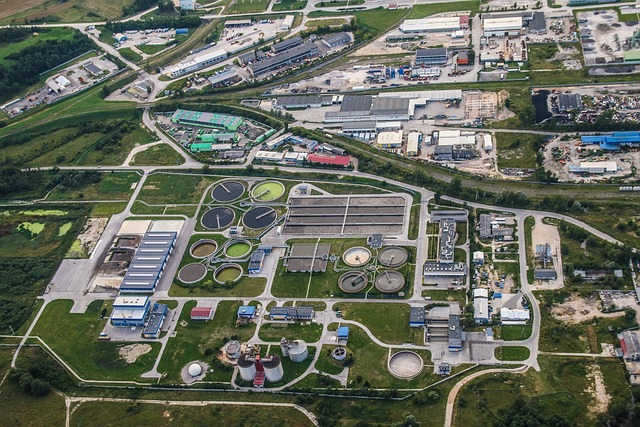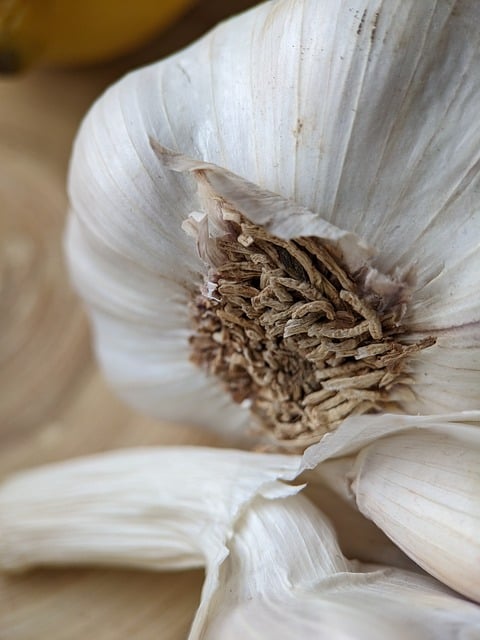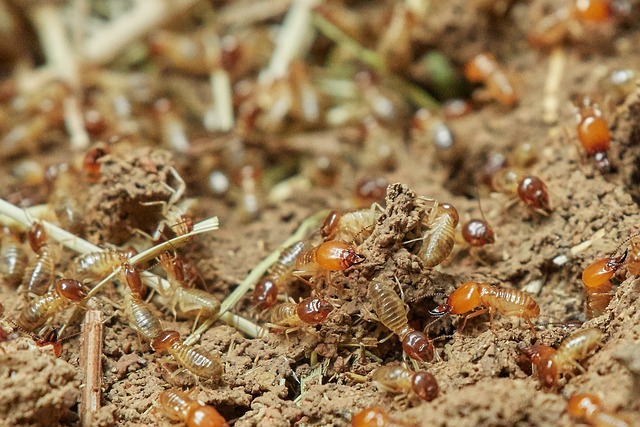Termites cause significant structural damage but can be controlled with affordable treatments. Regular inspections detect infestations early, saving costs. Eco-friendly methods like heat/cold treatments and natural repellents offer sustainable solutions. Preventive measures include addressing moisture issues, sealing entry points, and maintaining a buffer zone around your home. By combining these affordable strategies, homeowners can effectively safeguard their properties from termites over time.
Are you concerned about termite damage to your property? This comprehensive guide covers everything from understanding these pests and their behavior to effective inspection and treatment options. Learn about signs of an infestation, the importance of regular checks, affordable treatment methods, DIY vs professional control, common misconceptions, eco-friendly strategies, and long-term prevention tips. Keep your home safe and sound by knowing how to navigate this complex issue.
Understanding Termites: Their Behavior and Impact

Termites are social insects known for their organized colonies and ability to cause significant structural damage to buildings and other wooden structures. These pests work together in a complex society, with each member having a specific role, allowing them to build intricate nests and efficiently forage for food. Understanding their behavior is crucial when it comes to effective termite control.
Termites feed on cellulose-rich materials, primarily wood and paper products. They are attracted to moisture and often enter buildings through small cracks or uns sealed entry points. Once inside, they can remain undetected for years, silently chewing away at the structural integrity of a home. The impact of an infestation can be devastating, leading to costly repairs and even building instability if left untreated. That’s why many homeowners opt for affordable termite treatment solutions to protect their investments.
Signs of a Termite Infestation: What to Look For

Termites are silent destroyers that can cause significant structural damage to homes over time. Recognizing the signs of a termite infestation is crucial for homeowners seeking affordable termite treatment. One of the most visible indications is the presence of mud tubes on walls or around windows and doors. These tubes, often resembling small veins, are built by termites for protection as they move through wood and other materials.
Another common sign is the appearance of swarms of winged termites during certain times of the year. While some species fly to mate and establish new colonies, their presence in large numbers near your property can indicate an existing infestation. Wood damage is another key indicator; look for weakened or hollow-sounding boards, sagging floors, or walls with unusual cracks. Termites feed on cellulose, so any wood structural elements should be examined regularly for signs of their presence.
The Importance of Regular Termite Inspections

Regular termite inspections are an affordable and effective way to protect your property from these destructive pests. By identifying potential infestations early, you can avoid costly repairs and structural damage caused by termites. An annual inspection by a professional can detect even the earliest signs of an infestation, making it easier and more economical to implement an appropriate control strategy. Investing in regular termite inspections is a smart move for any homeowner looking to safeguard their investment and maintain a safe living environment.
Affordable Termite Treatment Options: A Comprehensive Guide

When considering affordable termite treatment options, there are several cost-effective strategies to explore. One of the most common and preventive methods is regular inspections, which can help identify infestations early, thus minimizing damage and associated costs. Professional inspectors use advanced tools like termometers, moisture meters, and infrared cameras to detect even the subtlest signs of termite activity.
For active infestations, treatment options range from chemical barriers and bait systems to eco-friendly methods like heat or cold treatments. Chemical solutions, though effective, may be more expensive but offer long-lasting protection. Baiting systems are a cost-effective alternative that targets specific areas, releasing treated baits to attract and eliminate termites over time. For environmentally conscious homeowners, non-chemical options provide peace of mind while maintaining termite control.
DIY vs Professional Termite Control: When to Choose Each

When considering termite control, homeowners often face a choice between DIY treatments and professional services. For minor infestations or preventative measures, affordable termite treatment options available to do-it-yourselfers can be effective and cost-efficient. These methods may include applying termiticides or using natural repellents. However, for established or extensive termite problems, professional intervention is usually recommended.
Professional termite control offers expertise and comprehensive solutions tailored to specific needs. They employ advanced techniques, such as targeted treatments, baiting systems, and heat or cold treatment, ensuring a more effective and long-lasting solution. While these services might come at a higher cost upfront, they provide peace of mind knowing that experienced technicians handle the issue swiftly and with minimal disruption to your home or property.
Common Misconceptions About Termites and Their Control

Many homeowners hold onto several misconceptions when it comes to termites and their control. One common myth is that termite infestations can be easily spotted due to visible signs like winged insects or mud tubes. However, termites are often masters of concealment, making their presence hard to detect until significant damage has been done. Another misconception is that only expensive treatments are effective for affordable termite treatment. In reality, there are cost-effective options available, such as regular inspections, barrier treatments, and baiting systems, which can prevent or mitigate infestations without breaking the bank.
Additionally, some believe that a single treatment will rid a property of termites indefinitely. This is far from the truth; termites are persistent pests that require ongoing management. Regular maintenance and monitoring are crucial to ensuring long-term protection against termite damage. Remember that prevention is key, and with proper care, you can protect your home without overspending on termite control.
Environmental Impact of Traditional Termite Chemicals

The environmental impact of traditional termite chemicals has raised significant concerns among ecologists and homeowners alike. Many conventional termite control methods rely on synthetic pesticides that can have detrimental effects on non-target organisms, including beneficial insects, birds, and aquatic life. These chemicals often persist in the environment, contaminating soil, water bodies, and even entering the food chain. As a result, there is a growing demand for affordable termite treatment options that are not only effective but also eco-friendly.
Affordable termite treatments offer a more sustainable approach by utilizing natural repellents, biological controls, and non-toxic baits. These methods not only minimize the risk to human health and wildlife but also help preserve the overall ecological balance. By adopting alternative strategies, homeowners can protect their properties from termite damage while contributing to a healthier and more sustainable environment.
Natural and Eco-Friendly Termite Management Strategies

Natural and eco-friendly termite management strategies offer an affordable termite treatment alternative. These methods focus on harnessing the power of nature rather than relying heavily on synthetic chemicals. One effective approach is introducing beneficial insects, such as certain species of wasps or beetles, that naturally prey on termites. These biological controls can be released in targeted areas to disrupt the termite colony’s food source and eventually eliminate it.
Another natural strategy involves using plant-based repellents and essential oils known for their termite-deterring properties. Materials like neem oil, citronella, or peppermint oil can be applied around structures as a barrier. These organic compounds have been shown to repel termites and disrupt their behavior, providing a sustainable and non-toxic solution. Additionally, proper maintenance and monitoring, including regular inspections, removing moisture sources, and sealing entry points, are crucial in preventing termite infestations and promoting overall structural integrity.
Preventing Termite Damage: Long-Term Solutions

Preventing Termite Damage: Long-Term Solutions
Investing in long-term solutions for termite control is crucial to safeguarding your property. Affordable termite treatment options, such as regular inspections and proactive measures, can significantly reduce the risk of infestation. One effective strategy involves addressing moisture issues, as termites are drawn to damp environments. Proper drainage around your home, along with fixing any leaks or sources of standing water, creates an uninviting habitat for these pests. Additionally, maintaining a buffer zone between your structure and potential food sources, like woodpiles or decaying vegetation, can serve as a deterrent.
Regular inspections by trained professionals are another affordable termite treatment measure. Proactive monitoring allows for early detection of any signs of infestation, enabling timely intervention. By combining these strategies, homeowners can effectively prevent termite damage over the long term and protect their investment.
